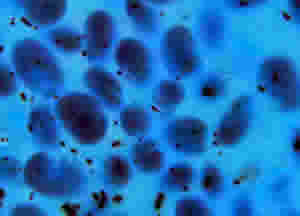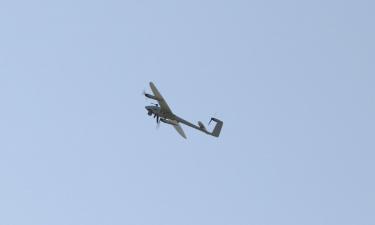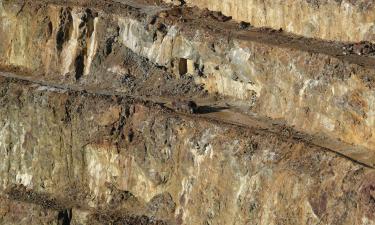The glow of fireflies helps Moscow scientists control microbe contamination
Moscow chemists developed a new method, which allows to determine the number of microbes on a sterile object in mere minutes
Moscow scientists developed a microbe-controlling method, which allows to find out the quantity of microbes living in air, water, or in a room of sterile conditions. Scientists used “living little lights” to develop new methods of searching for microbes: small bugs use those green lights at night to attract females. Researchers used to collect fireflies trying to unveil the mystery of the bugs. Scientists learned to synthesize the enzyme, which the insects use for glowing. Researchers use the enzyme for making express analyses in order to count the number of microbes in almost every object under analysis. The method takes mere minutes instead of long hours. 
”Our method is based on the measurement of luminescence intensity. The light occurs as a result of a special enzyme reaction – luciferase and ATP molecules – living beings' source of energy, which can be found in every living cell, including microbes,” professor Natalia Ugarova said.
The new technique can be referred to as the express method. Current microbe contamination analyses are conducted in a traditional way: they take a sample and place it in nutrient medium. If there are microorganisms in the sample, one may notice the reproduction process: it will be possible to count the microbes under the microscope in a day or two.
The traditional method is obviously rough and inaccurate. More importantly, it takes too much time. One has to waste a lot of time before the results are finally ready, especially if specialists test an object, where the quantity of microbes is really small – sterile tools or rooms, for example. However, it is the only officially approved method.
There is a hope, though, that there will be another method added by the end of 2005 for the control of the microbiological clearness of foodstuffs, for example. Moscow chemists say that the method will be returning results very quickly and effectively, with precision. If there are few microbes on an object under study, they will have to be grown for not more than six hours in comparison with 120 hours of the traditional analysis. Such occurrences will be exceptional, scientists say; a typical analysis on the base of the new method will take only several minutes.
There is no need in fireflies at the moment to receive luciferase for reagents – it is produced with the help of special bacteria, the DNA of which contains a peculiar gene. As a result, scientists receive the enzyme, the composition of which is absolutely identical to its natural version.
Subscribe to Pravda.Ru Telegram channel, Facebook, RSS!





